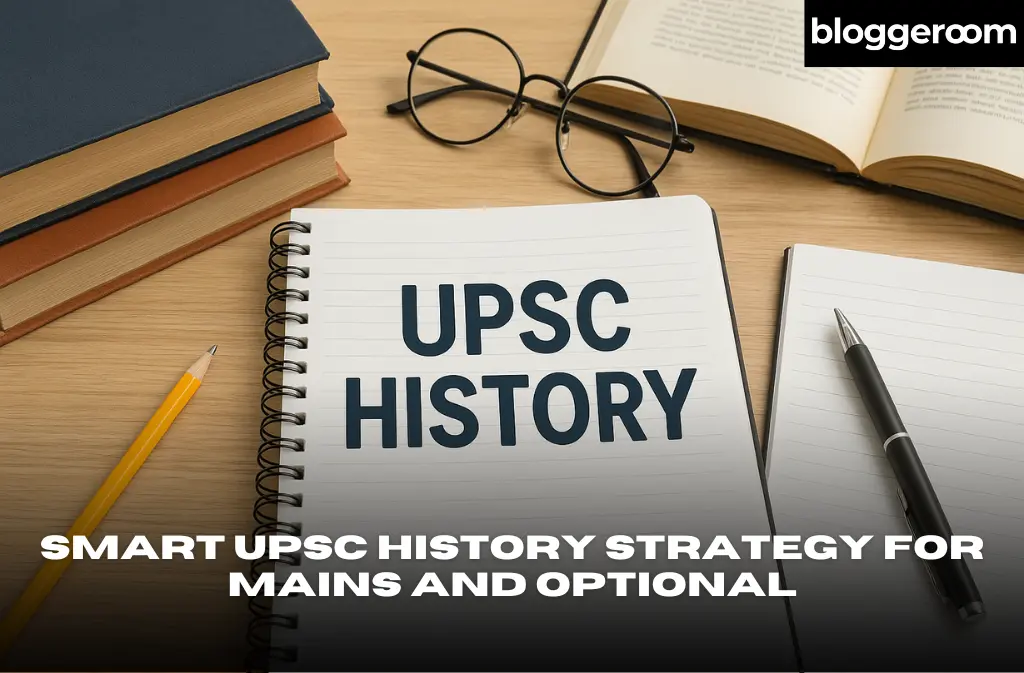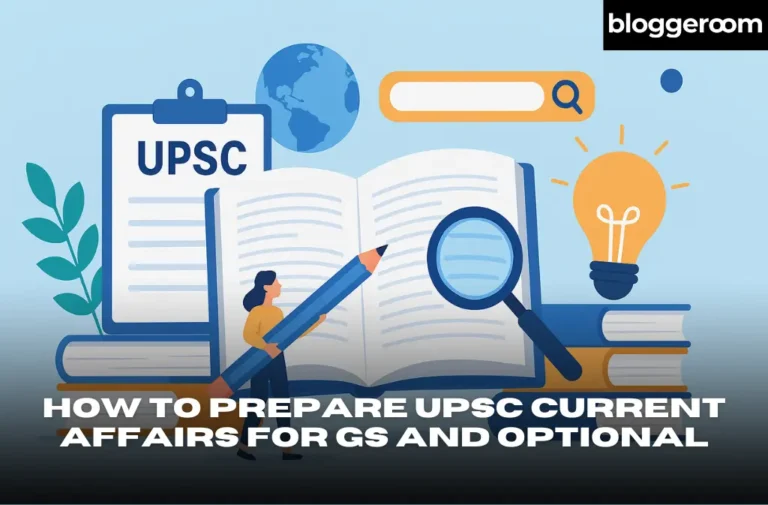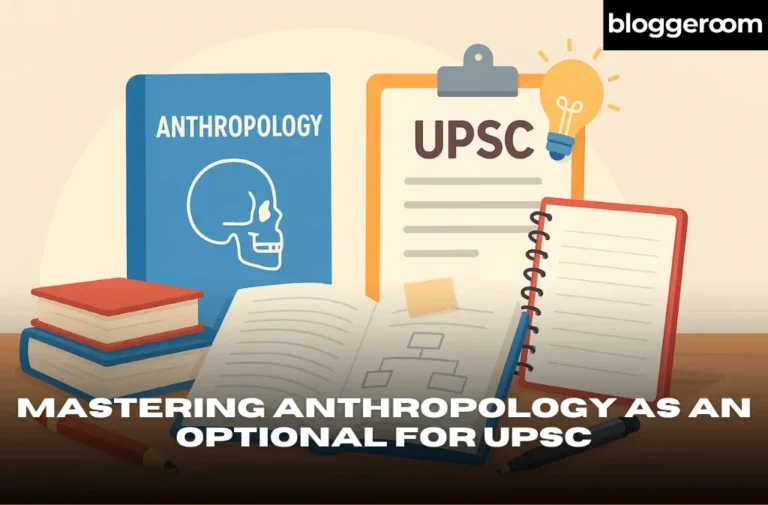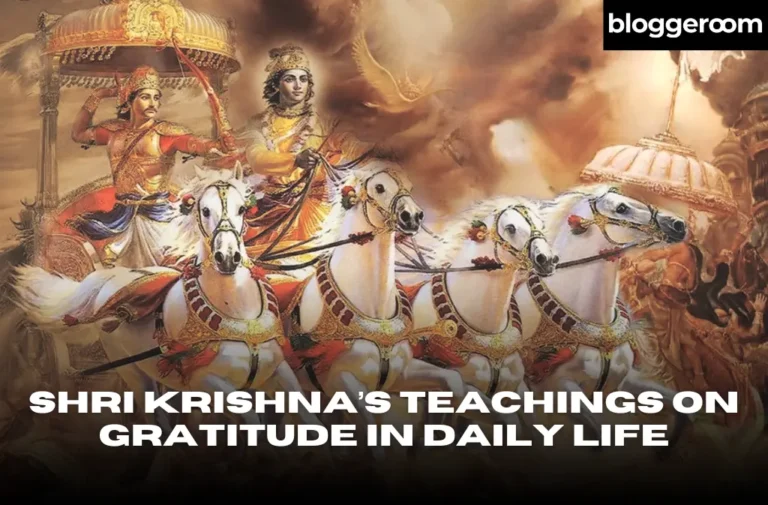Smart UPSC History Strategy for Mains and Optional
History has always been a high-value subject in the UPSC Civil Services Examination. It appears in General Studies (GS) Mains papers and can also be chosen as an optional subject. Yet the most common mistake aspirants make is trying to read everything. In reality, clearing the exam depends more on knowing what not to read than on collecting more books. Below is a step-by-step plan that focuses on efficiency, depth and repeated revision.
1. Begin with the syllabus – and filter the noise
Download the official UPSC syllabus from the commission’s website and keep it on your study table. Map every topic to previous years’ questions. This exercise instantly shows you which areas are core and which can be ignored. For instance, in Ancient and Medieval history, you’ll see repeated questions on administration, culture and society but very few on minor battles. This clarity saves months of scattered reading.
2. Build a minimal yet powerful booklist
For GS Mains, NCERTs (Class XI and XII) plus one concise modern history text such as Bipan Chandra or Spectrum, supported by your own notes, are usually enough. For History Optional, go deeper but still keep it lean:
- Standard textbooks for Ancient, Medieval, Modern and World history
- One or two interpretative works to understand historians’ viewpoints
- A compilation of previous years’ questions with model answers
Picking one trusted source per topic and revising it multiple times yields far better recall than juggling five different books.
3. Create a time-bound, syllabus-wise plan
Break your preparation into blocks. For example, the first three months could cover Ancient and Medieval; the next three months Modern India and World History, while running answer writing practice in parallel. Each week, devote a session to analysing previous years’ questions – this trains your brain to recognise patterns in UPSC’s framing.
4. Practise active revision and answer writing
Convert your reading into two sets of notes: detailed topic notes and a one-page “last-minute” sheet. Then practise timed answers regularly. Even for GS papers, crisp and well-structured answers stand out. For Optional, bring in analysis and historians’ views rather than plain narration.
5. Be ruthless about what to skip
Avoid overlapping commentaries or encyclopaedic fact-lists that add little to conceptual clarity. UPSC rewards interpretation, linkages and significance – not rote-memorised trivia. Focusing on causes, effects and themes instead of memorising every date is usually enough to fetch high marks.
6. Transfer Optional depth to GS answers
If you’ve chosen History Optional, use that depth to enrich your GS answers with examples, but keep them short. This creates a subtle edge over other candidates without eating into your time.
7. Consistency beats breadth
A curated, minimal reading list revised multiple times, combined with continuous answer writing, is the single most reliable way to score well in History for both Mains and Optional.
Conclusion
Preparing for History in the UPSC examination is less about chasing every possible source and more about building a focused, repeatable system. When you clearly know the syllabus, consciously skip non-essential material, and revise a small set of high-quality resources while practising answer writing, History transforms from an overwhelming subject into a high-scoring one. With discipline, a clear plan and smart exclusion, both the Mains GS paper and the History Optional become manageable and rewarding.







